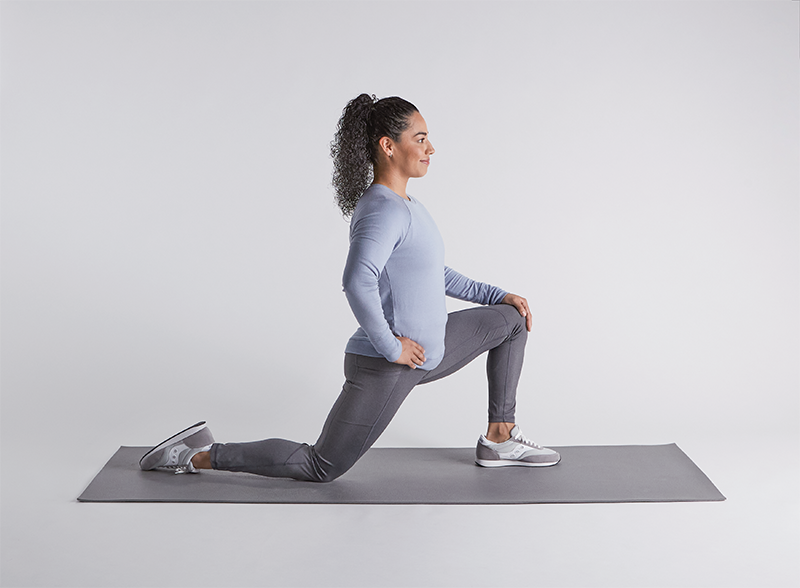How to do a kneeling hip flexor stretch: a Hinge Health guide
Learn how to do a kneeling hip flexor stretch to improve hip mobility and flexibility, plus modifications to make this exercise easier or harder.
$0 costo para usted
Fecha de Publicación: Dec 4, 2024
El índice
Fully covered hip pain relief
Find relief from hip pain, buttock pain, hip tendonitis, & more.
Check if I'm eligible